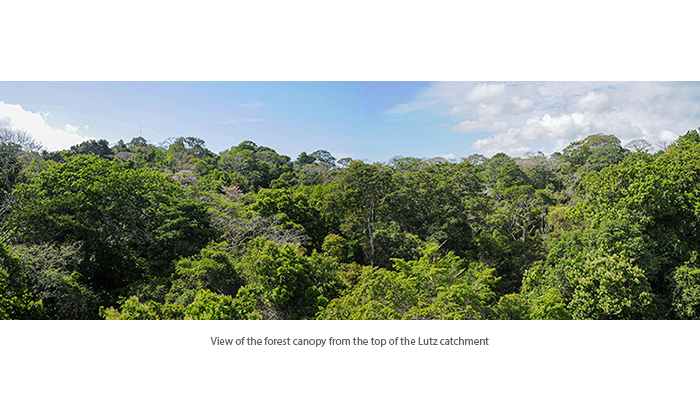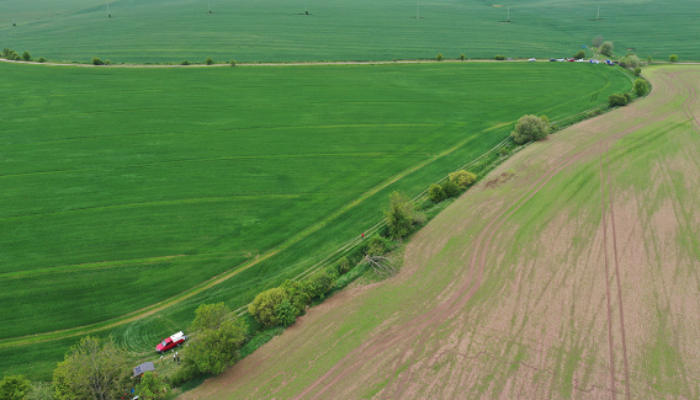The Lutz Creek watershed, administered by the Smithsonian Tropical Research Institute (STRI) on Barro Colorado Island (BCI), is one of the longest continually monitored, micro-catchments in the neotropics. This catchment is central to the long-term climate and hydrological monitoring program that STRI has operated on BCI since 1972. The information derived from this program plays an essential role ...[Read More]
Featured catchment: Hydrometeorological observations in an agricultural landscape in the Czech Republic
The Nučice experimental catchment (0.531 km2) is located 30 km east of Prague in an agricultural landscape in the Central Bohemian Region, Czech Republic (Figs. 1 and 2). The cultivated landscape and climatic conditions are representative of farmlands of the Czech Republic. To understand water balance, rainfall-runoff and soil erosion processes on the cultivated landscape, we started hydrological ...[Read More]
Featured catchment: The Alento Hydrological Observatory in the middle of the Mediterranean Region

Importance of investigating water fluxes in Mediterranean catchments MOSAIC (Modeling and Observing a mosaic of processes for Soil and water resources management in the Alento critical zone and Implementing adaptation strategies to climate and land use Changes) is an interdisciplinary research program that was established by the Soil Hydrology Group of University of Naples Federico II (Italy) and ...[Read More]
Running a live stream of proglacial processes
In Switzerland, nothing is really remote, but some places are more so than others. Dense infrastructure networks typically provide convenient access to research sites in the Alps where it is difficult to feel far away from home. However, this is not always the case… For us, our home for the summer is a bit different. We work at 2400 m above sea level in Southern Switzerland, in a narrow vall ...[Read More]



